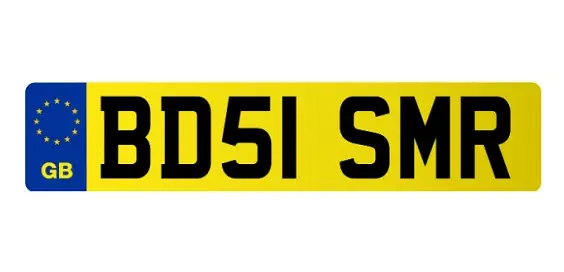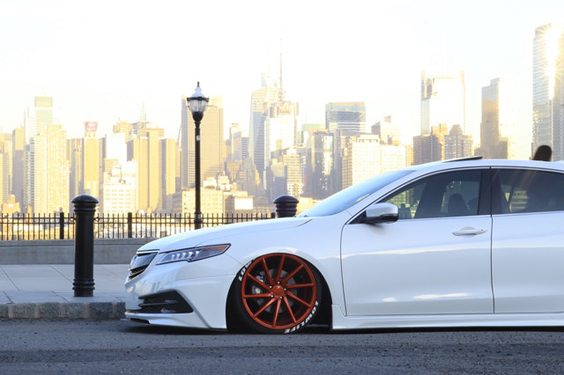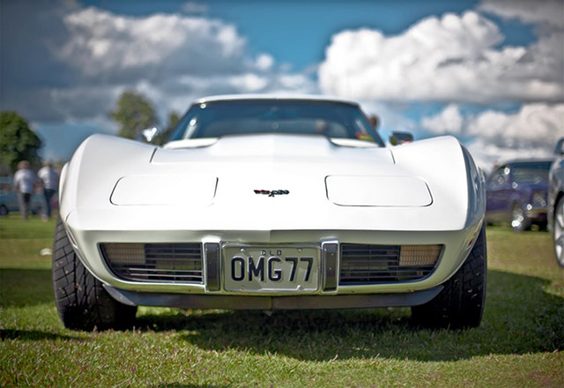How to Check Your DVLA Number Plate to Make Sure It’s Legal

In the UK, personalised number plates weren’t legal until the late 1980s, but they proved to be quite a lucrative endeavour for the DVLA. Since the department allowed motorists to personalize their vehicles with all sorts of numbers and letter combinations, the DVLA managed to raise over £2 billion!
However, the authorities are not the only ones to benefit from this odd but extremely popular trend. There is an entire industry resting on the shoulders of personalised plates, starting with platforms that sell them and ending with people who make side money from bidding wars.
Due to the outrageous prices for some plates, many people see this as an investment. So, they buy plates that may increase in value over time, in the hope that they’ll score a big profit. While it’s true that there is some profit in this activity, the profits are never that big.
Now regardless of reasons, the demand for personalised plates is high enough to allow various businesses to join in. However, according to recent discoveries, not all companies who produce personalised plates follow the rules put in place by the DVLA.
As a result, many personalised plates come with small errors, which lead to drivers failing their MOT and getting a hefty fine. The errors can be so small as to not notice them if you don’t know what to look for. So, you may actually have illegal plates and not know it until a police officer or a DVLA representative points it out.
How to Make sure your Plate is Legal
The best way to avoid any penalties is to buy your plates from the DVLA directly or from a company that’s well-known on the market. For instance, the Absolute Reg DVLA plates are from a recognised reseller hence should be considered reputable if you’ve done your research.
Now, if you got your plates from a company that’s fairly new on the market or you have doubts about their integrity, you should have a look at the mistakes mentioned below.
Top 5 Most Popular Mistakes that Can Get You Fined
#1: Incorrect Spacing Between the Letters
According to DVLA specifications, the letters on the licence plate should implement the following spacing rules:
- space between characters – 11 millimetres
- space between groups – 33 millimetres
- top, bottom and side margins – minimum 11 millimetres
- space between vertical lines – 19 millimetres
So, if the characters are off even by a few millimetres, your plate is not legal. We know it doesn’t look like much and that the plate is still readable by the human eye, but the main issue here is with CCTV cameras. Vehicle plates are monitored everyday using an advanced video system that allows authorities to be more efficient at their job. However, if your plate design is wrong, a traffic camera won’t be able to read it correctly, which can lead to misinterpretation of data.
#2: The Wrong Colour
Personalised plates only allow users to choose the appropriate combination of letters and numbers. You can’t use any other tools to embellish your physical plate, so changing the colour is a big no-no.
Luckily, this is easy to check as the rules are extremely simple: the front plates should be white with a black font and the rear ones should be yellow with black writing.
#3: The Wrong Size
Just like with spacing, the letters must follow a precise pattern. First, the only font allowed for letters and numbers on number plates is Charles Wright. Second, each character must follow these specifications:
- Height – 79 millimetres
- Width – 50 millimetres (the only exception is for the number 1 or letter I)
- Stroke – 14 millimetres
#4: Background
Your plate mustn’t have anything in the background (besides the accepted colours) so make sure there are no faded lines or patterns that could interfere with the visibility. The same goes for stickers or any other elements that are not specified by the DVLA rules.
#5: The Wrong Flag
British number plates only accept five flags:
- EU
- Union Jack
- St George Cross
- Scottish Saltire (St Andrew Cross)
- Red Dragon of Wales
So, before you accept a new pair of plates, check if the flag on them is the right one. Just like with the font and the spacing, the wrong kind of flag can get you in trouble with the authorities.











